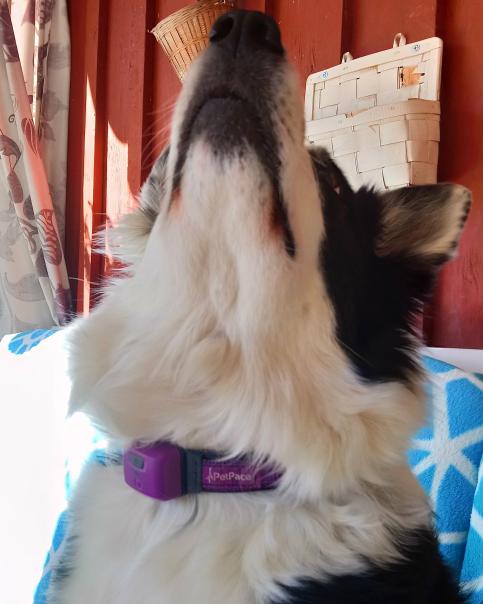Material and methods
Recruitment and participants
I recruited dogs and their owners via social media and flyers. Were interested dog owners were referred to an online questioner were they would sign up their dogs.
from over 200 dogs I ended up with 25 dogs around here in Östergötland
- 12 with separation anxiety
- 13 control dogs
Behaviour observation
To investigate behavioural differences I did behaviour observations with two go pro Hero 5 cameras. That could be placed almost anywhere in the dog owners home. One camera was always placed at the entrance to enable observation of reunion behaviours. The other camera was located to best catch the dog on film.
The behaviour observations were done 2 times for each dog.
- Separation took place during 60 minutes.
- After separation the dog owner returned home and the observation was terminated 2 minutes after homecoming.
All the videos were then coded in the observer software and the mean values of each beahviour were used in the data analysis.
Hair cortisol
Hair cortisol was collected after one of the behaviour observations. Collection was done with a pair of scissors used to cut a pice of fur as close to the skin as possible without hurting the dog. The hair was then stored and analyzed through radioimmunoassay.
Activity monitoring

Activity monitoring was done with a PetPace Smart-collar. This non-invasive wireless collar collects data points of various bio-parameters that allows monitoring of the dogs activtiy levels. The owners were instructed to the colar on their dogs for four to seven days.
The smart-collar registers activity in four different levels:
- Rest
- Low
- Medium
- High
Questionnaires
The questionnaires were answered during the first video recording.
I used the following questionnaires:
- C-BARQ – Swedish version
- Complementary questionnaire about age, sex, breed etc.
Responsible for this page:
Director of undergraduate studies Biology
Last updated:
05/22/19
